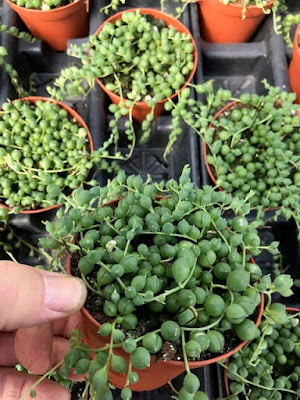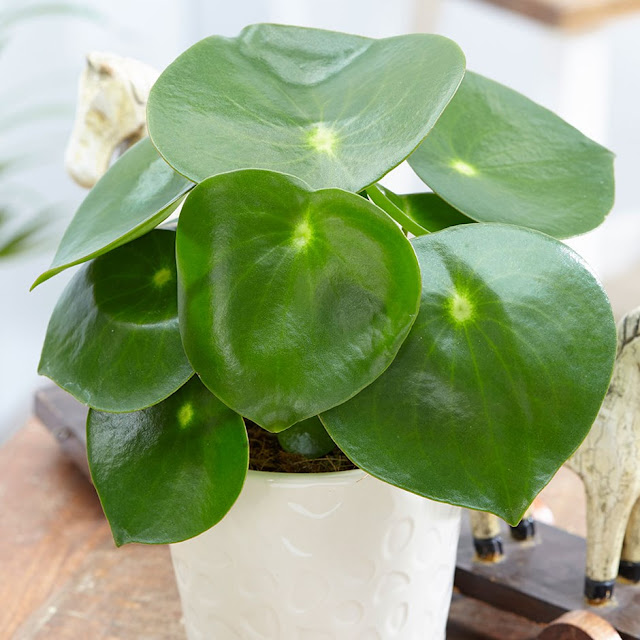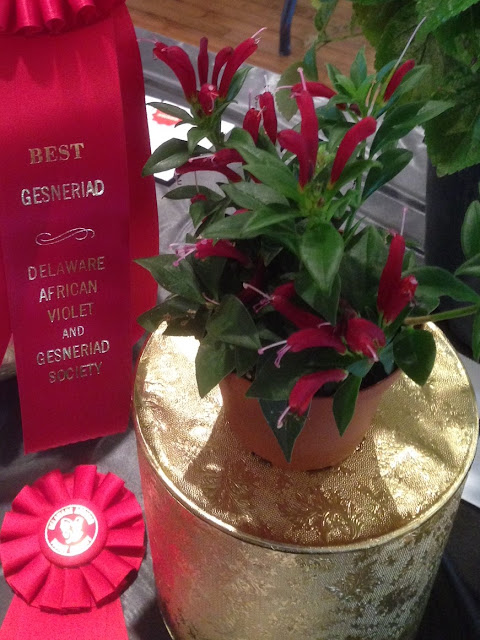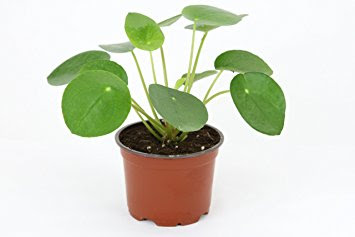| Hemizygia 'Candy Kisses'
A flowering houseplant that should
get attention is Hemizygia ‘Candy Kisses’.
My leading buyer wants plants that
are variegated or flowering. Why? Because they sell.
We get both with H. ‘Candy Kisses’
--- a variegated flowering plant. It’s a
guaranteed short day to flower plant, so it flowers in the winter time when we
want some color in the house.
Self-branching and easy to propagate, it is easily programmable. It could be flowered year around by artificially giving it short days. It fits in small pots, so can be an affordable
low-cost bit of color.
We have two clones --- ‘Candy Kisses’,
with white and green variegation and ‘Lemon Lime’, with light and dark green variegation. They are interesting plants with a minty aroma
when not in flower. Both can be used in
spring combination planters for summer patio growing where variegated filler
plants are needed.
‘Candy Kisses’ and ‘Lemon Lime’ are worth producing in large quantities to gauge the sales potential. Somebody should do that !
|
| Hemizygia 'Candy Kisses' - Budded from short days |



























